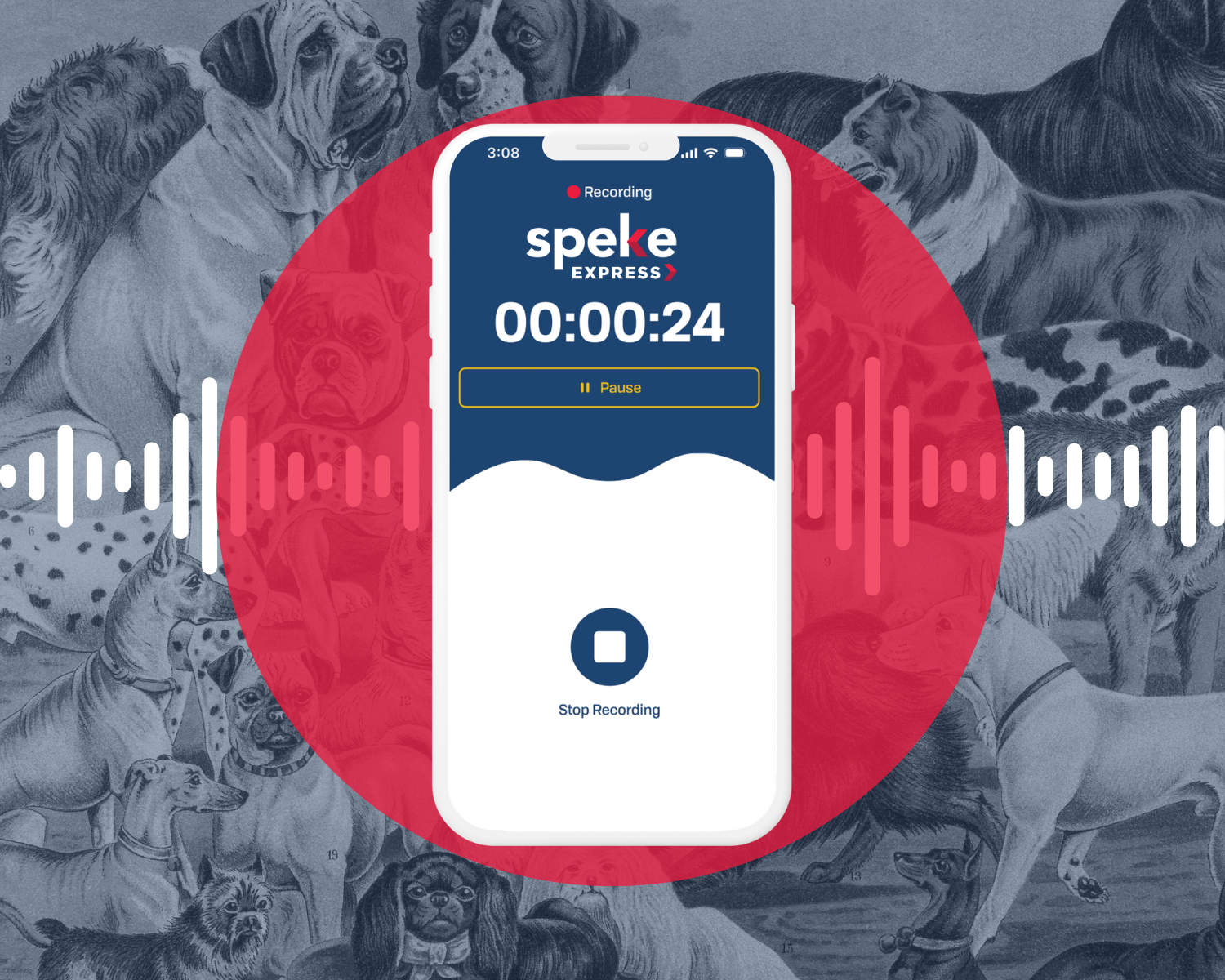It’s no mystery why veterinarians have the highest rates of burnout in the medical field. Caring for pets brings its own challenges that stack upon the regular burdens of medical care; empathy burnout, pressure to always be available, and increased administrative burden, all paired with the extra pressure of the customer service nature of pet care.
There isn’t a root cause for these conditions, in the same way, there isn’t a single solution, but there are key stressors that can be targeted to vastly improve the quality of life for veterinarians and the quality of care for pets.
Overall, workload is consistently cited as a pressing issue in the field. Too many pets, too much paperwork, not enough time. Pet ownership skyrocketed during the pandemic, not only increasing the number of households with pets but increasing the number of pets in some 23 million U.S. homes (“Global State of Pet Care”). And there aren’t just more pets, but pets are living longer too, because of increased care and quality of life. In some places, pet life expectancy has risen as much as 230% (“Global State of Pet Care”). Not only are there more pets than ever, but they’ll be around longer too, needing more care as their geriatric years are extended.
The increase in pets put a strain on the veterinary healthcare system, pushing clinics to take more appointments than they were used to handling. Veterinarians are often stuck in the office for hours after closing trying to catch up on records and update their PMS systems, spending personal time on documentation they didn’t have time for earlier in the day.
When DVMs can’t manage their records, the work often falls to other staff members, but support staff are even more burnt out than their veterinarian counterparts. The 2023 Merck Animal Health Wellbeing Survey reported that “Burnout levels vary between roles, with 87% of staff overall reporting medium to very high levels of burnout. Hospital Admins or Practice managers report the highest levels of burnout overall, while Vet Assistants report the highest levels of very high burnout.”
Worst of all, the growing number of pets is a compounding issue. The AVMA reports that as of end of year 2023 there are 127,131 veterinarians in the United States, and 11% of those don’t work in a clinical practice (“U.S. Veterinarian Numbers”). Future projections place the profession as failing to meet rising pet needs. Mars Veterinary Health estimates that in 2030 the US will be 15,000 veterinarians short of need, based on enrollment rates and pet ownership statistics. They also project a massive shortage in veterinary technicians, “it would take more than 30 years of graduates to meet the 10-year industry need for credentialed veterinary technicians” (“Global State of Pet Care”).
An efficient veterinary practice runs with any number of veterinary professionals from DVMs to Customer Service Managers. While many of those roles may be dwindling in the face of rising pet ownership, veterinary scribes can take on a large administrative burden, leaving the rest of the team to work at the top of their license. Whether utilizing in-person scribes, telescribes, or AI assistance, any scribe solution that lifts the burden of record keeping can greatly reduce the time and effort required of veterinarians.
Are vets ready to take on new technologies? Are pet owners?
In a 2024 article penned for Forbes titled “Tackling Veterinarian Burnout with AI for Good”, Melis describes that while AI can support (not replace) veterinarians in an abundance of ways, most digital solutions are neither designed nor marketed with veterinarians in mind (Melis). This is likely why the technology is so underutilized in vet spaces. Solutions are often marketed for human medicine, which marks the product as “not for me” by veterinary practitioners.
ScribeAmerica developed Speke with any and all potential users in mind, allowing you to create customizable note templates that organize your record correctly every time. We used feedback from real vets to ensure that our product was unquestionably for veterinarians. Speke also offers the ability to beyond a simple note, with customizable templates for every care member’s preferences.
While it can be daunting to adapt to new technologies and workflows, customers are often much more dynamic to new methods of care for their pets. Telemedicine usage continues to rise in clinics post-pandemic. Surveys show that more than 60% of pet owners are willing to use and pay for telemedicine solutions (“Global State of Petcare”). That data suggests that AI support, that doesn’t disrupt any stage of the customer experience, is likely to be even more widely accepted.
Recent changes to veterinary medicine and the pet industry have only just begun. Something must change to meet rising demand while caring for a population highly susceptible to burnout and job dissatisfaction. Implementing AI and other scribe solutions can help you overcome those challenges with grace while giving you time to focus on what’s really important: pets.
“Creating a Positive, More Energized Veterinary Team: Learnings from the Merck Animal Health 2023 Veterinary Team Wellbeing Study.” Merck Animal Health USA, www.merck-animal-health-usa.com/offload-downloads/2023-vet-wellbeing-presentation. Accessed 12 Feb. 2025.
Global State of Pet Care: Stats, Facts and Trends, HealthforAnimals, healthforanimals.org/wp-content/uploads/2022/07/Global-State-of-Pet-Care.pdf. Accessed 12 Feb. 2025.
Lederhouse, Coco. “Study: Fair Pay, Appreciation for Work Top Factors in Employee Retention.” American Veterinary Medical Association, 4 Mar. 2024, www.avma.org/news/study-fair-pay-appreciation-work-top-factors-employee-retention.
Melis, Massimiliano. “Council Post: Tackling Veterinarian Burnout with AI for Good.” Forbes, Forbes Magazine, 19 Sept. 2024, www.forbes.com/councils/forbesbusinesscouncil/2024/09/19/tackling-veterinarian-burnout-with-ai-for-good/.
Neill, Clinton L., et al. “The Economic Cost of Burnout in Veterinary Medicine.” Frontiers, Frontiers, 3 Feb. 2022, www.frontiersin.org/journals/veterinary-science/articles/10.3389/fvets.2022.814104/full.
“NEW ASPCA Survey Shows Overwhelming Majority of Dogs and Cats Acquired during the Pandemic Are Still in Their Homes.” ASPCA, www.aspca.org/about-us/press-releases/new-aspca-survey-shows-overwhelming-majority-dogs-and-cats-acquired-during. Accessed 12 Feb. 2025.
Steffey, Michele A, Dominique J Griffon, Marije Risselada, Nicole J Buote, et al. “A Narrative Review of the Physiology and Health Effects of Burnout Associated with Veterinarian-Pertinent Occupational Stressors.” Frontiers in Veterinary Science, U.S. National Library of Medicine, 3 July 2023, pmc.ncbi.nlm.nih.gov/articles/PMC10351608/.Steffey, Michele A, Dominique J Griffon, Marije Risselada, Valery F Scharf, et al. “Veterinarian Burnout Demographics and Organizational Impacts: A Narrative Review.” Frontiers in Veterinary Science, U.S. National Library of Medicine, 4 July 2023, pmc.ncbi.nlm.nih.gov/articles/PMC10352684/.



